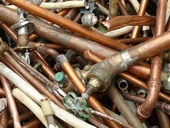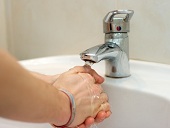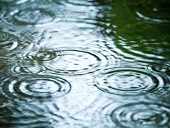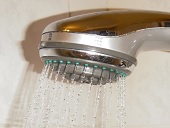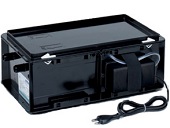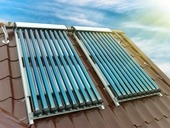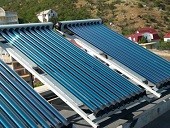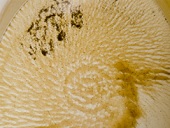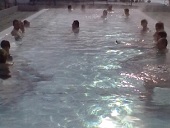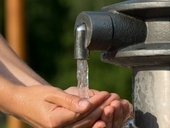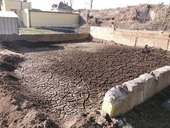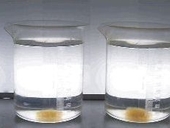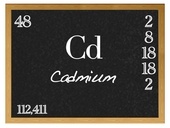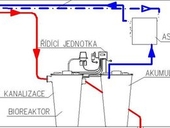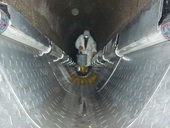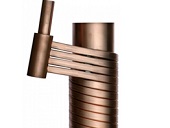Methods of cost allocation in apartment buildings have undergone significant changes in recent years. The article offers a comprehensive overview of cost allocation methods in multi-dwelling units according to applicable regulations. It is intended mainly for owners of residential units, board members of homeowners associations, managers of housing cooperatives or individuals and companies managing residential buildings.
Cost allocation in apartment buildings is currently governed by two laws: Act No. 67/2013 Coll. and the new Civil Code No. 89/2012 Coll. These laws governed cost allocation in calendar year 2014 and apply also for 2015. The heating and hot water supply costs in MDUs from 2016 onwards will be allocated pursuant to the new decree No. 269/2015 Coll. and the amended Act No. 67/2013 Coll.
Newsletter
Přihlaste se k odběru newsletteru a my vám každý týden pošleme přehled toho nejlepšího z TZB-info!
více o newsletteru

